Honolulu just topped the global large-airport list for on-time departures in September, leading not only the U.S. but the world’s large hubs. HNL posted roughly 90 percent on-time departures and climbed steadily from July to August to September. Kona also ranked among the top small airports, with about 93 percent on time.
What the rankings actually say.
The September tables (below) place Honolulu at the top of large airports worldwide, with Kona in the global top five for small airports. This is not a thin sample. Cirium tracked hundreds of thousands of flights across large airports and over eighty thousand across small airports for last month, which gives this result some real weight for travelers deciding on Hawaii trip routing.
Why this matters right now.
Honolulu’s 90 percent on-time departure rate means your outbound flight, whether interisland or back to the mainland, is more likely to leave on schedule. That reliability matters when you are connecting through HNL or ending a trip, since a delayed departure can cascade into missed connections, added hotel costs near the airport, change fees, and lost prepaid activities on either end. If price and timing are similar between routing through Honolulu or flying direct to a neighbor island, the departure consistency gives HNL an interesting edge, particularly during peak travel periods when recovery options tend to tighten.
How Honolulu got here.
First, it’s about consistency. The trend line matters as much as the headline, and Honolulu is improving month over month, suggesting operations are clicking rather than the airport just catching a lucky stretch.
Second is schedule design. HNL’s role as both the state’s interisland anchor and a transpacific gateway means aircraft and crews start many days in the right place. High-frequency interisland flying can absorb minor hiccups when groups of flights are timed well. In September, Honolulu operated across dozens of routes with a broad mix of airlines, a diversified setup that reduces dependence on any single airline or flight flow.
Third, it’s definitely all about the environment. September in Honolulu typically offers good weather, stable trade winds, and fewer weather events than in other seasons and locations. That shows up in fewer issues on the ground and more predictable runway flows. The ranking does not claim perfection every day, only that HNL significantly outperformed its large-airport peers in total.
Should you route through HNL or fly direct.
If you are on the West Coast with flexible timing and similar fares, data suggesting routing via HNL, then connect later in the day.
But, if you find a nonstop to a neighbor island that arrives reasonably early, do fly direct. If you have tight same-day cruise or tour cutoffs, on-time performance favors HNL.
Airline context BOH readers can use.
Carrier punctuality matters when you are choosing a flight bank. For September in North America, the major airlines clustered in the low to mid-80s on time, with the strongest performers in the upper 80s. That helps explain why some morning mainland flights into Hawaii feel calmer than others, even before other factors are considered.
At the airport level, Honolulu sat comfortably above other well-run hubs this month. Major coastal connectors like Los Angeles and San Francisco trailed, a reminder that routing choices can change your day.
Hawaii visitor takeaways.
Build realistic buffers. Thirty minutes between interisland flights can work when everything is humming, but it is not a good strategy. And taking one of the last interisland flights of the day can always be a challenge. Aim for comfortable connections, particularly if you are checking bags or traveling with kids.
Pick the first flights that fit. Early flights still outperformed later ones at many hubs because aircraft and crews are positioned correctly at the start of the day. If your schedule allows, leave earlier and arrive with more options. That’s almost always true.
Pad the first few hours in Hawaii on arrival day. A dinner reservation, sure. A prepaid tour or luau with a strict cutoff is risky for the same-day arrival window, even with HNL’s strong performance month.
What the data does and does not show.
This ranking is based on on-time departures and arrivals and includes coverage of total flights and routes for context. It is a strong operational signal. It does not measure other factors, including TSA wait times, baggage delivery speed, or rental-car queues, which still vary greatly day to day.
What to watch for next on Hawaii flights.
Holiday seasonality is coming to Hawaii. West Coast winter systems can ripple into Hawaii afternoons even when skies are clear over Oahu. It will be interesting to see whether HNL and KOA hold these gains through the season, and we’ll update readers if the pattern shifts.
Context we have learned from covering Hawaii air travel for two decades.
Reliability matters as much as price, especially on redeyes and first-day vacation flights. We have reported extensively on the Alaska acquisition and how seat naming, upgrade logic, and carry-on space rules are converging. Those changes interact with today’s punctuality story in practical ways. Early boarding groups, new premium rows, and upgrade windows only matter if your flight leaves close to on time.
Have your say.
Have you routed through Honolulu or flown direct to Maui, Kauai, or the Big Island. Which worked better for you and why? Tell us below.
u321l0095eGet Breaking Hawaii Travel News
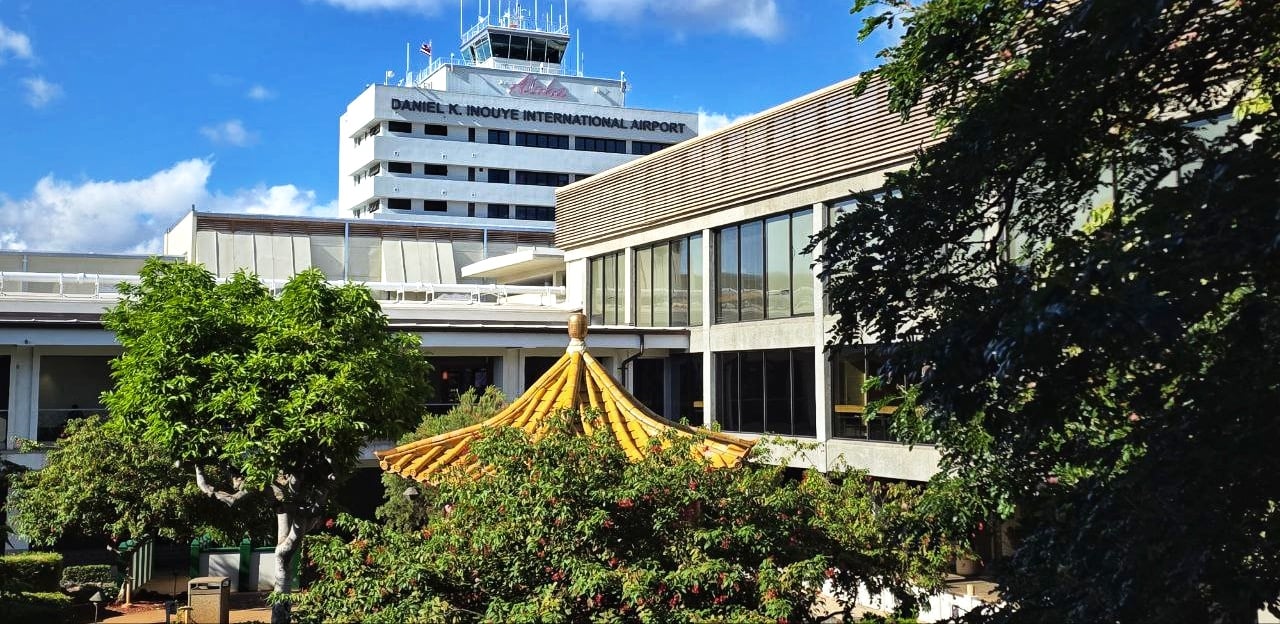
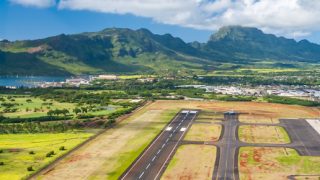
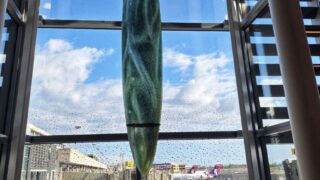
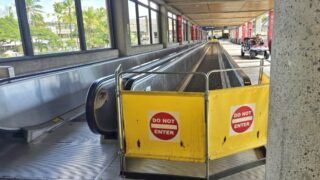
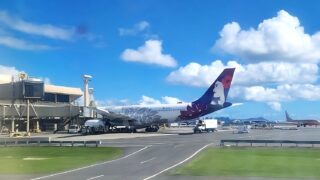
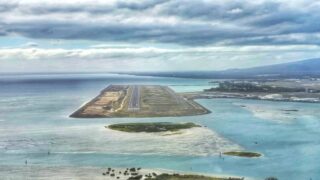
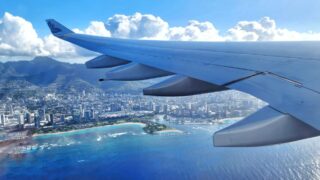
Just like a casino. After getting all of your money they want you to vacate or leave asap.